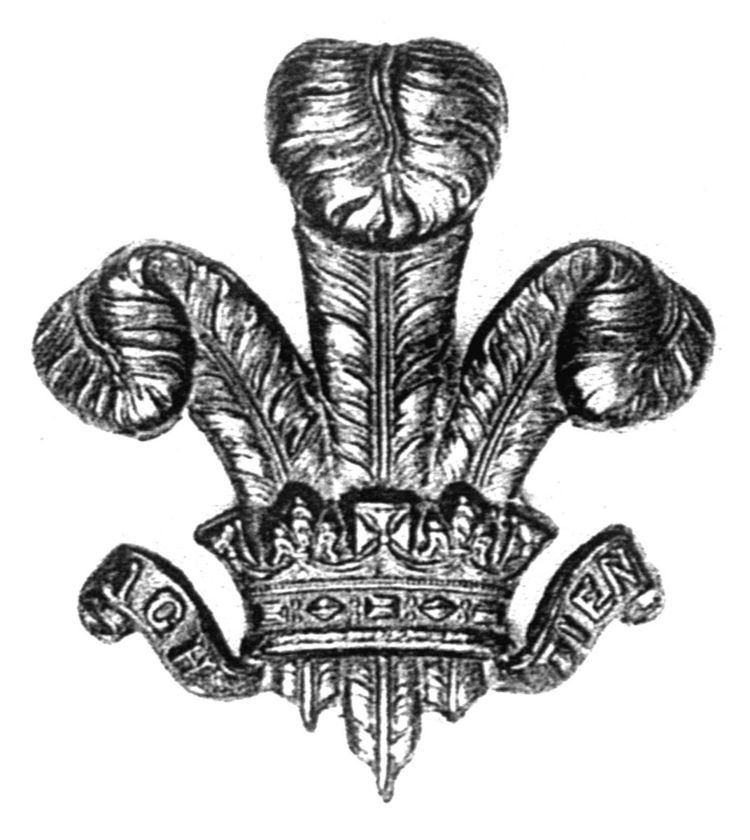Active 1903–1922 Size 2 Battalions | Country British India Type Infantry | |
 | ||
Uniform Drab in 1881; Green in 1885; faced red; red trousers | ||
The 130th King George's Own Baluchis (Jacob's Rifles) was an infantry regiment of the British Indian Army raised in 1858 as the 1st Regiment of Jacob’s Rifles or 1st Belooch Rifles. It was designated as the 130th Jacob’s Baluchis in 1903 and became 5th Battalion (King George's Own) 10th Baluch Regiment (Jacob's Rifles) in 1922. In 1947, it was allotted to the Pakistan Army, where it continues to exist as 12th Battalion of The Baloch Regiment.
Contents
Early History
In 1858, Major John Jacob raised two local 'silladar' infantry battalions known as Jacob's Rifles; the only silladar infantry to have existed in the Indian Army. These battalions soon earned a formidable reputation in and around Jacobabad for keeping the peace on the Sindh frontier. In 1861, the first of these was accorded regular status, becoming the 30th Regiment of Bombay Native Infantry or Jacob's Rifles, while the second was disbanded. The regiment fought in the Second Afghan War of 1878–80 and suffered heavy casualties at the Battle of Maiwand. In 1881, it was designated as the 30th Regiment (Jacob’s) Bombay Native Infantry or 3rd Belooch Regiment. In 1900, it was sent to China to suppress the Boxer Rebellion.
130th King George's Own Baluchis (Jacob's Rifles)
Subsequent to the reforms brought about in the Indian Army by Lord Kitchener in 1903, all former Bombay Army units had 100 added to their numbers, and the regiment's designation was changed to 130th Jacob’s Baluchis. In 1906, the Prince of Wales (later George V) was appointed Colonel-in-Chief of the regiment. The regimental full dress uniform in 1914 included a rifle green turban and kurta (knee length tunic) piped in red, worn with red trousers and white gaiters. The red trousers were a distinctive feature of all five Baluch infantry regiments then serving in the Indian Army. During the First World War the regiment served in German East Africa and Palestine. In 1918 it raised a second battalion, which was disbanded in 1920.
Subsequent History
In 1922, the regiment was grouped with the five other Baluch battalions: 1st & 2nd Battalions of 124th Duchess of Connaught's Own Baluchistan Infantry, 126th Baluchistan Infantry, 127th Queen Mary's Own Baluch Light Infantry and the 129th Duke of Connaught's Own Baluchis, to form the 10th Baluch Regiment. The regiment's new designation was 5th Battalion (King George's Own) 10th Baluch Regiment (Jacob's Rifles). During the Second World War, 5/10th Baluch served in Burma Campaign. The battalion's performance in the war was highly commendable. It suffered a total of 575 casualties and received a number of gallantry awards. On the Partition of India in 1947, the battalion, along with the Baluch Regiment was allocated to Pakistan Army. In 1956, the 8th Punjab and Bahawalpur Regiments were merged with the Baluch Regiment and 5 Baluch was redesignated as 12 Baluch (now 12 Baloch). During the Indo-Pakistani War of 1965, the battalion fought in the Kasur Sector.
